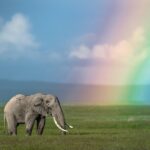
WHATS THE BEST TIME FOR AN AFRICAN SAFARI
12 February 2025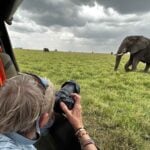
WHAT TO EXPECT ON SAFARI
24 February 2025
WHATS THE BEST TIME FOR AN AFRICAN SAFARI
12 February 2025
WHAT TO EXPECT ON SAFARI
24 February 2025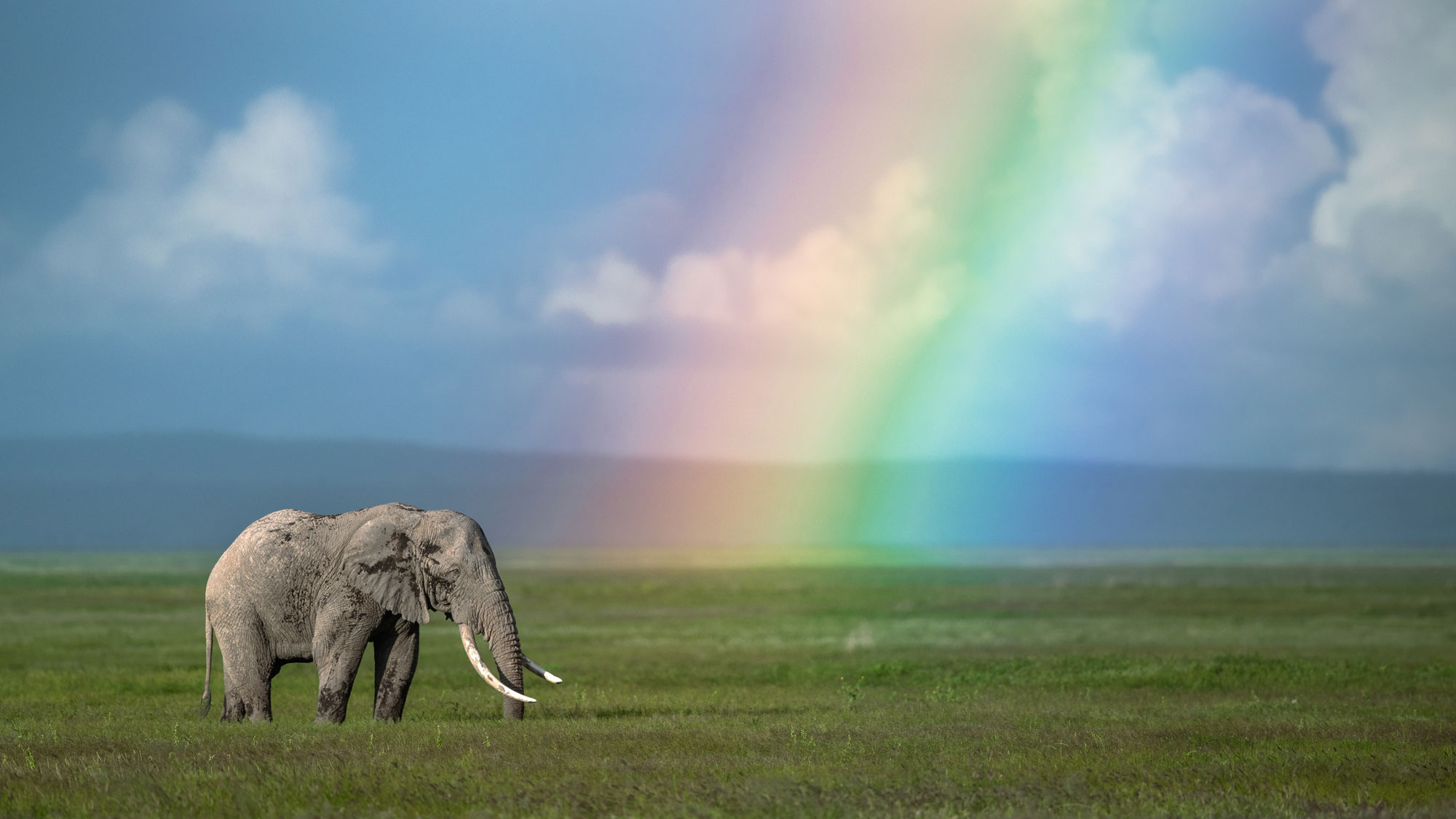
LEARN ALL ABOUT THE AFRICAN ELEPHANT
SPECIES FOCUS
The African elephant, the world’s largest land mammal, is a true icon of safari and the wild, embodying both power and grace. Found roaming the vast savannas and dense forests of Africa, these gentle giants play a crucial role in shaping their ecosystems and environments. With their immense size, keen intelligence, and deep social bonds, elephants captivate anyone lucky enough to witness them in their natural habitat. However, despite their strength, they face growing threats from habitat loss and poaching. In this blog, we’ll explore what makes African elephants so extraordinary, their importance to the environment, the challenges they endure in an ever-changing world and of couse why you have to add them to your lists of safari priorities!
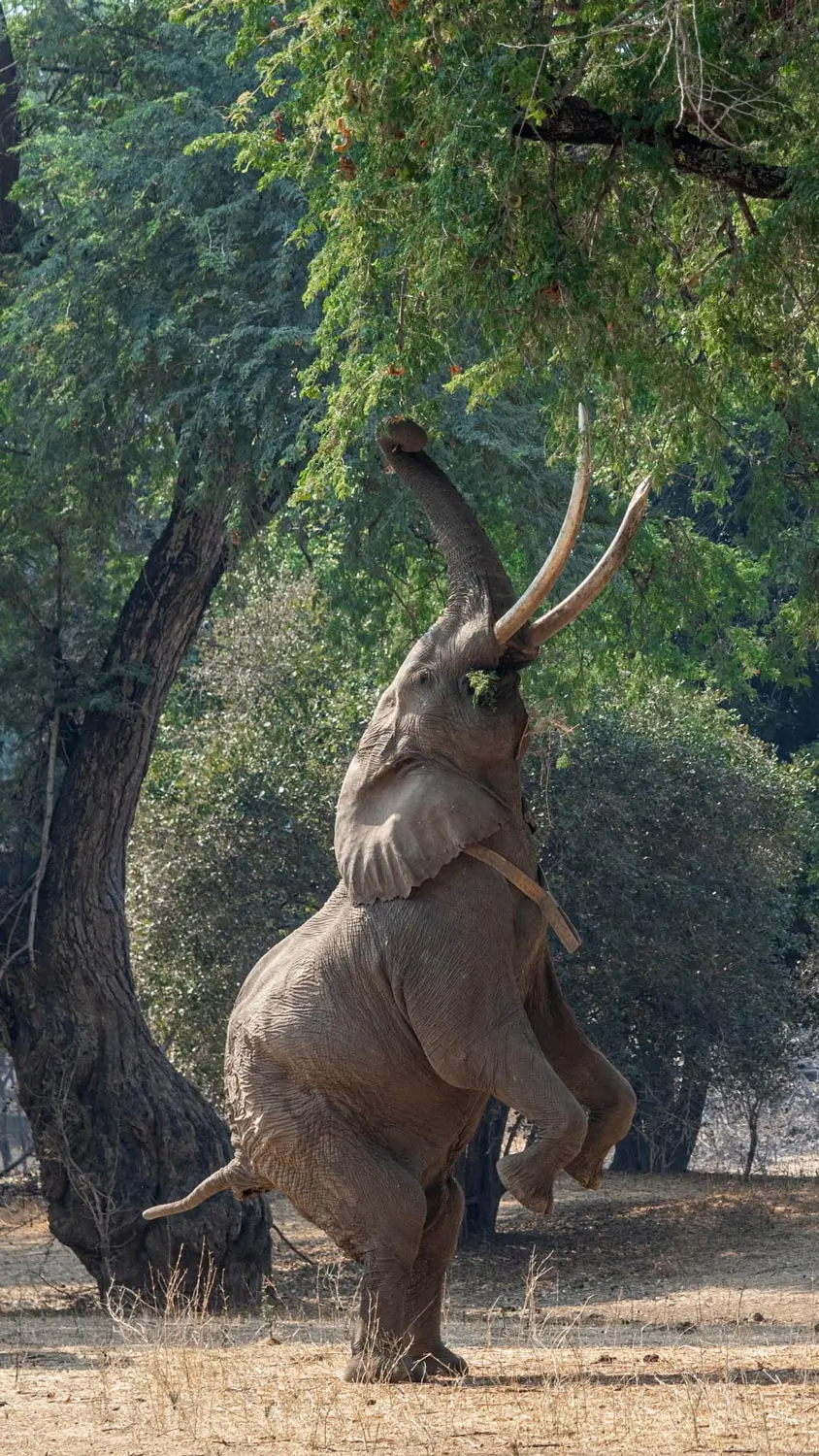
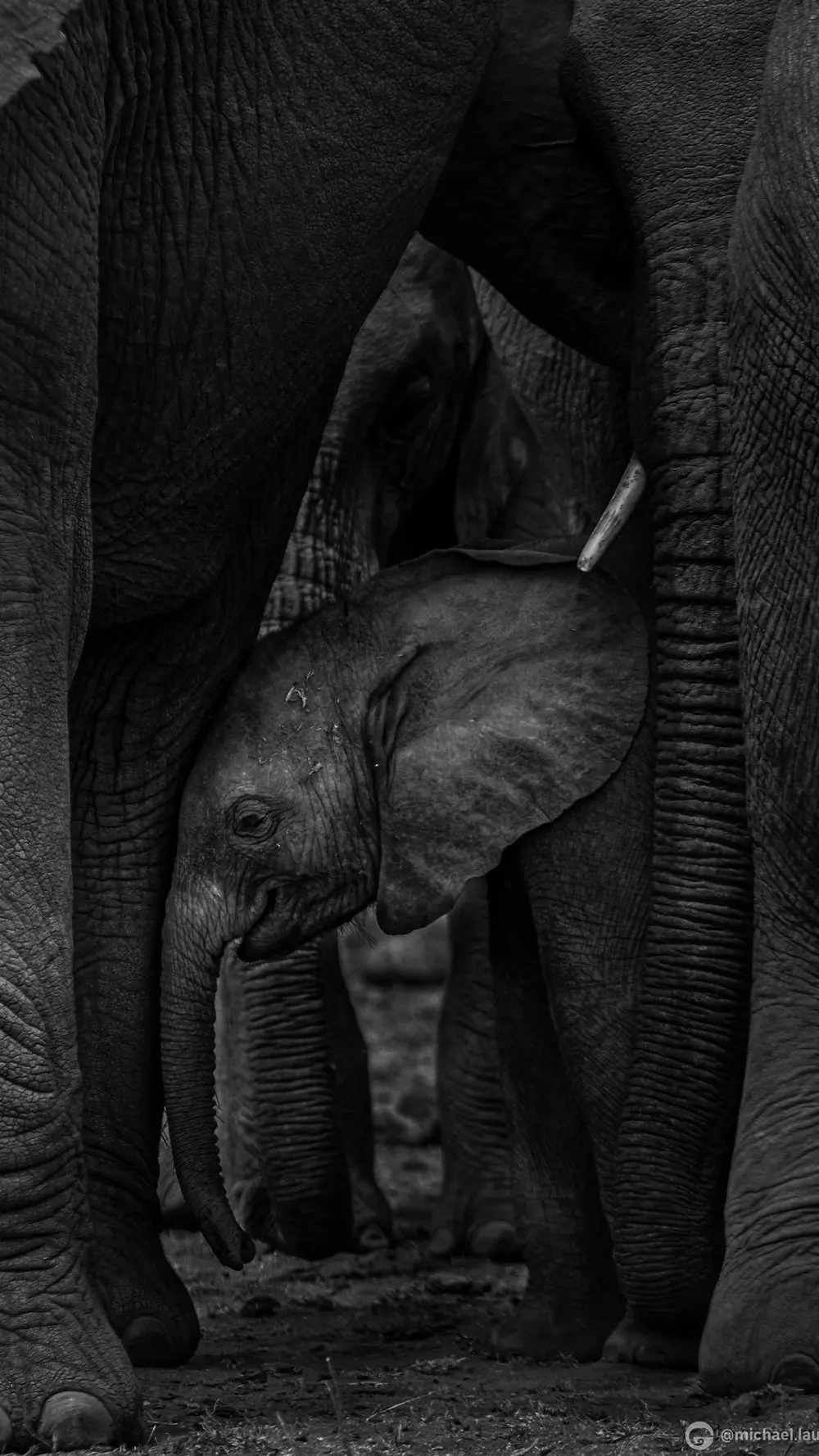
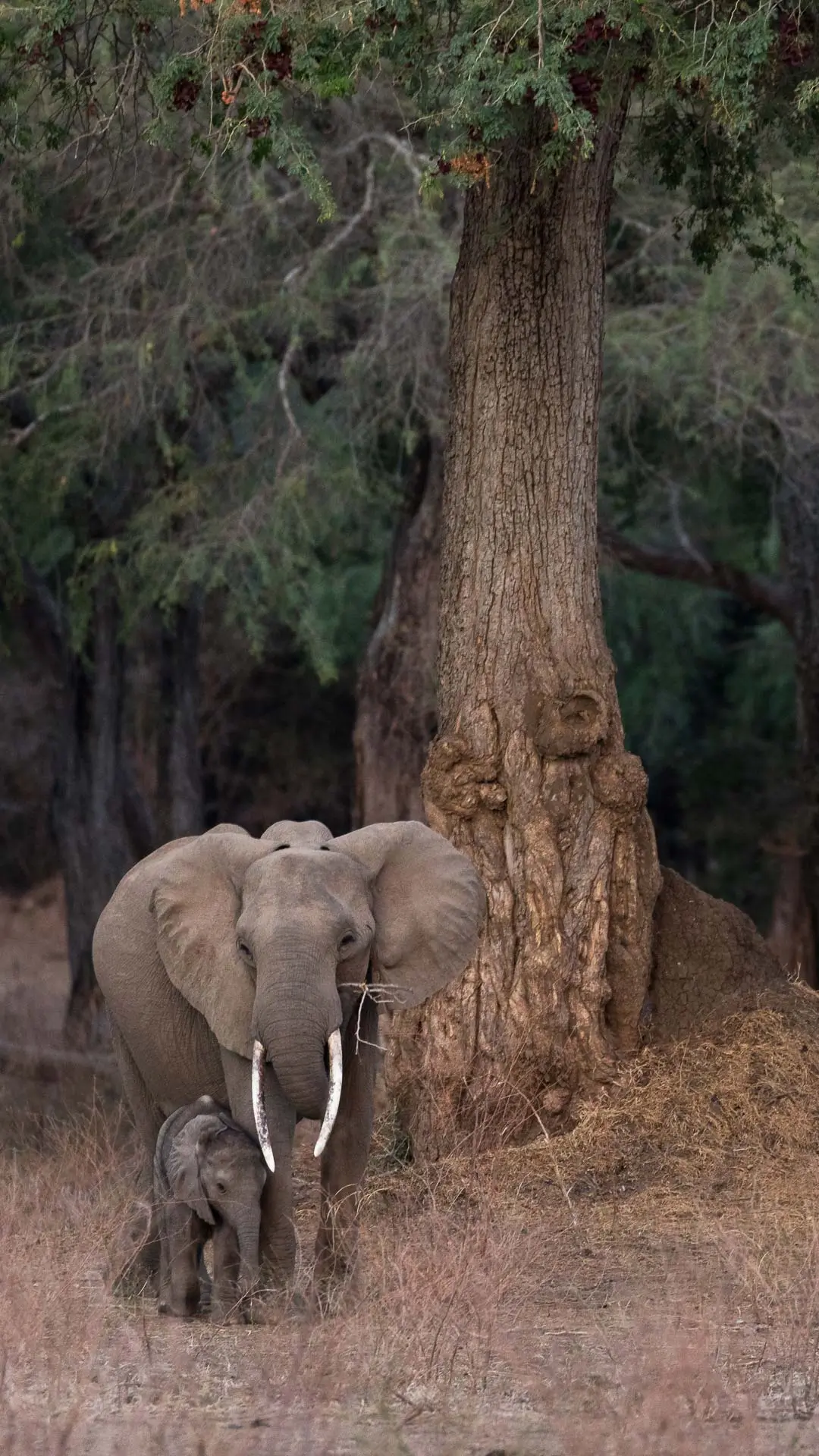
QUICK FACTS
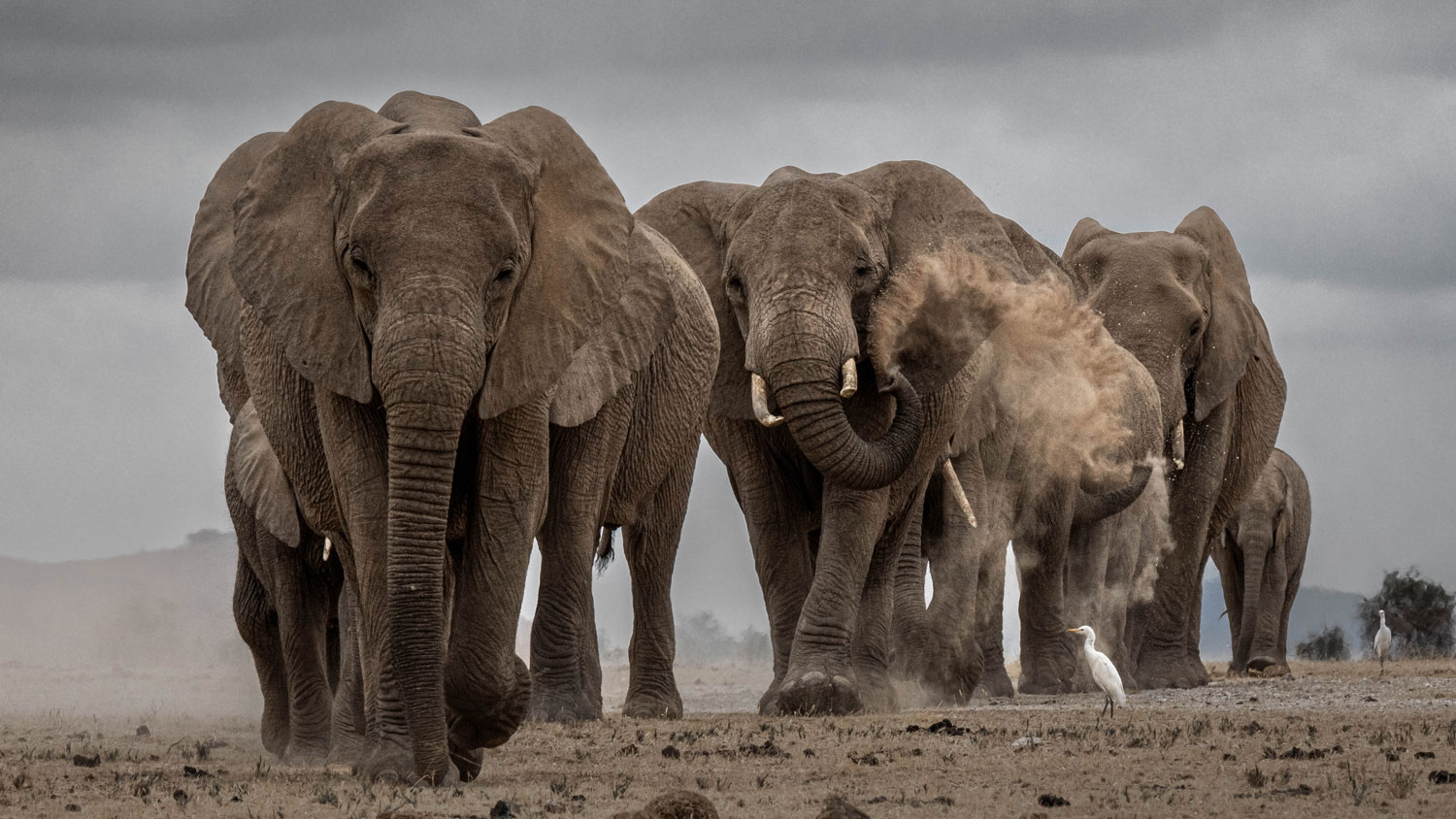
SOCIAL STRUCTURE
African elephants maintain complex social structures centred around matriarchal herds, which typically consist of related females and their offspring. You just have to look out for this wonderful beaviour when on safari! The females in the herd demonstrate remarkable loyalty to their matriarch, following her guidance in all aspects of daily life from feeding patterns to protection strategies. When a matriarch dies, it can be a deeply emotional event for the herd, with elephants often displaying mourning behaviours such as touching and examining the deceased with their trunks.
The eldest daughter of the matriarch typically assumes leadership, though this transition period can be challenging as she must step into a role that requires extensive knowledge of the landscape and threats, which can take years to fully develop.
Male elephants embrace a distinctly nomadic lifestyle after leaving their natal herds, wandering vast territories in search of food, water, and potential mates. These solitary bulls occasionally form loose associations with other mature males, creating temporary bachelor groups that might stay together for days or weeks before separating again. These casual groupings often occur around abundant food and water sources, where the males can engage in social behaviors like mock fighting and playful interactions, which help establish and maintain dominance hierarchies. Older, more experienced bulls sometimes serve as mentors to younger males, teaching them essential survival skills and social etiquette that they'll need during musth periods when they compete for mating opportunities.
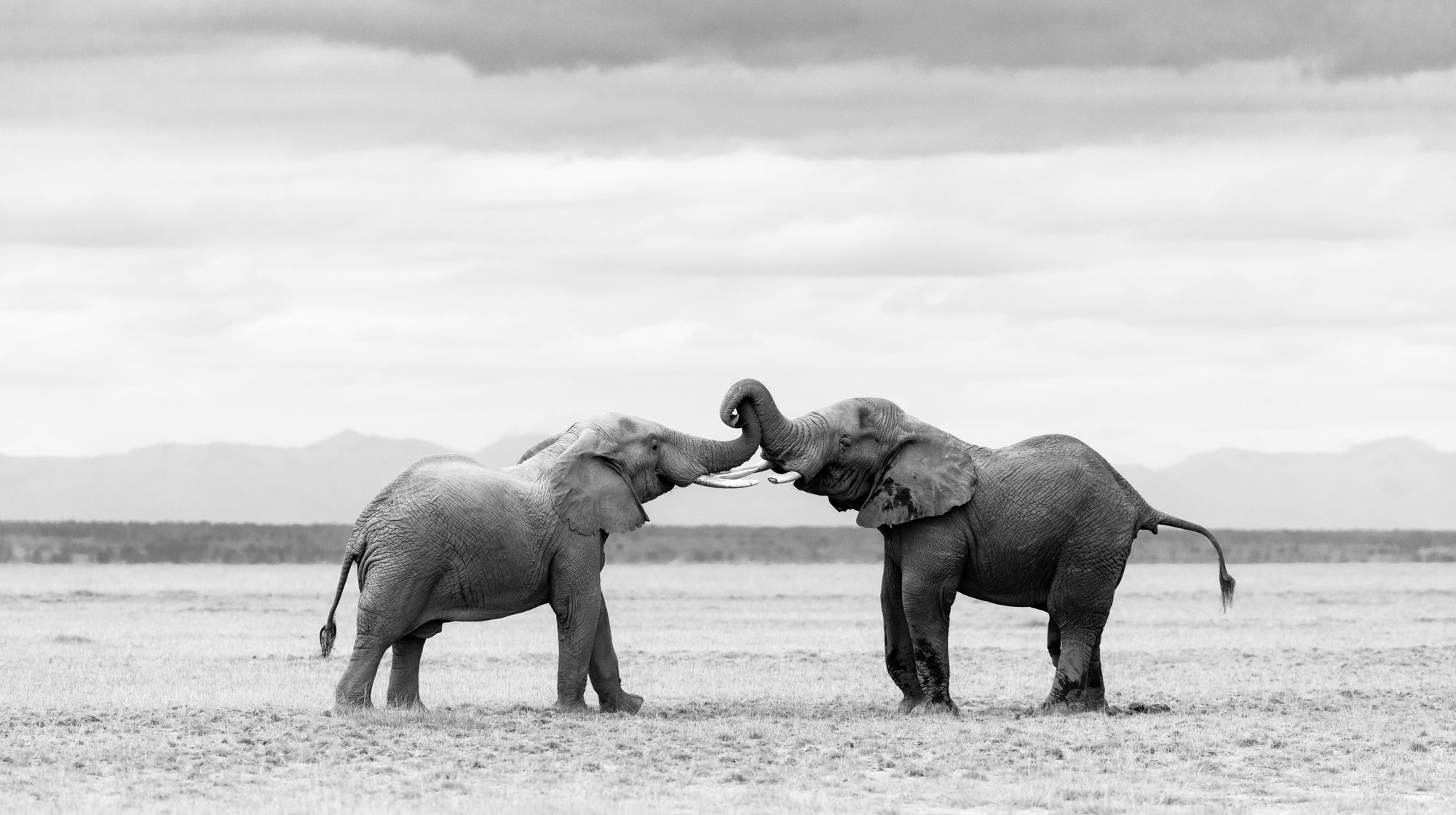
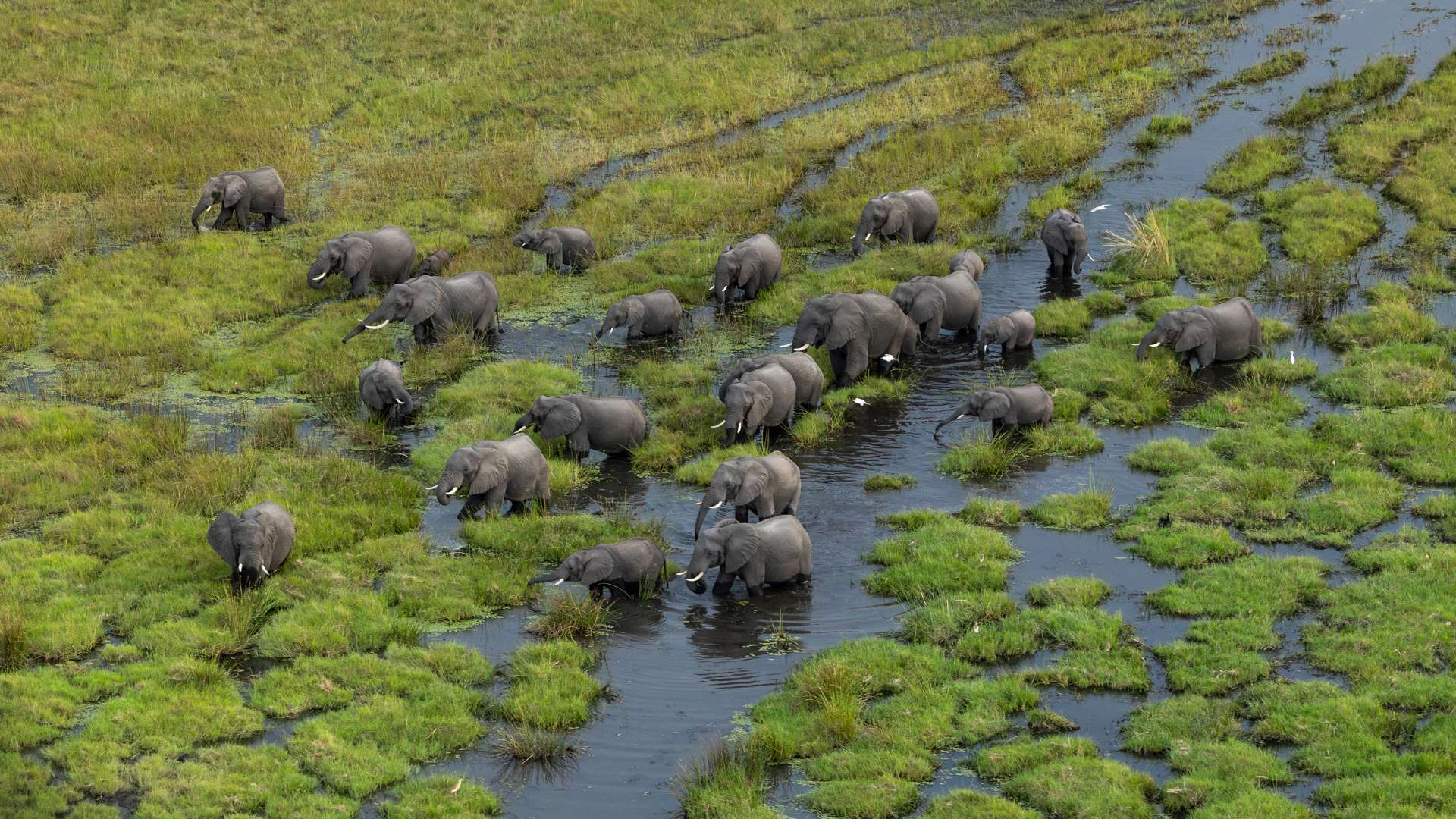
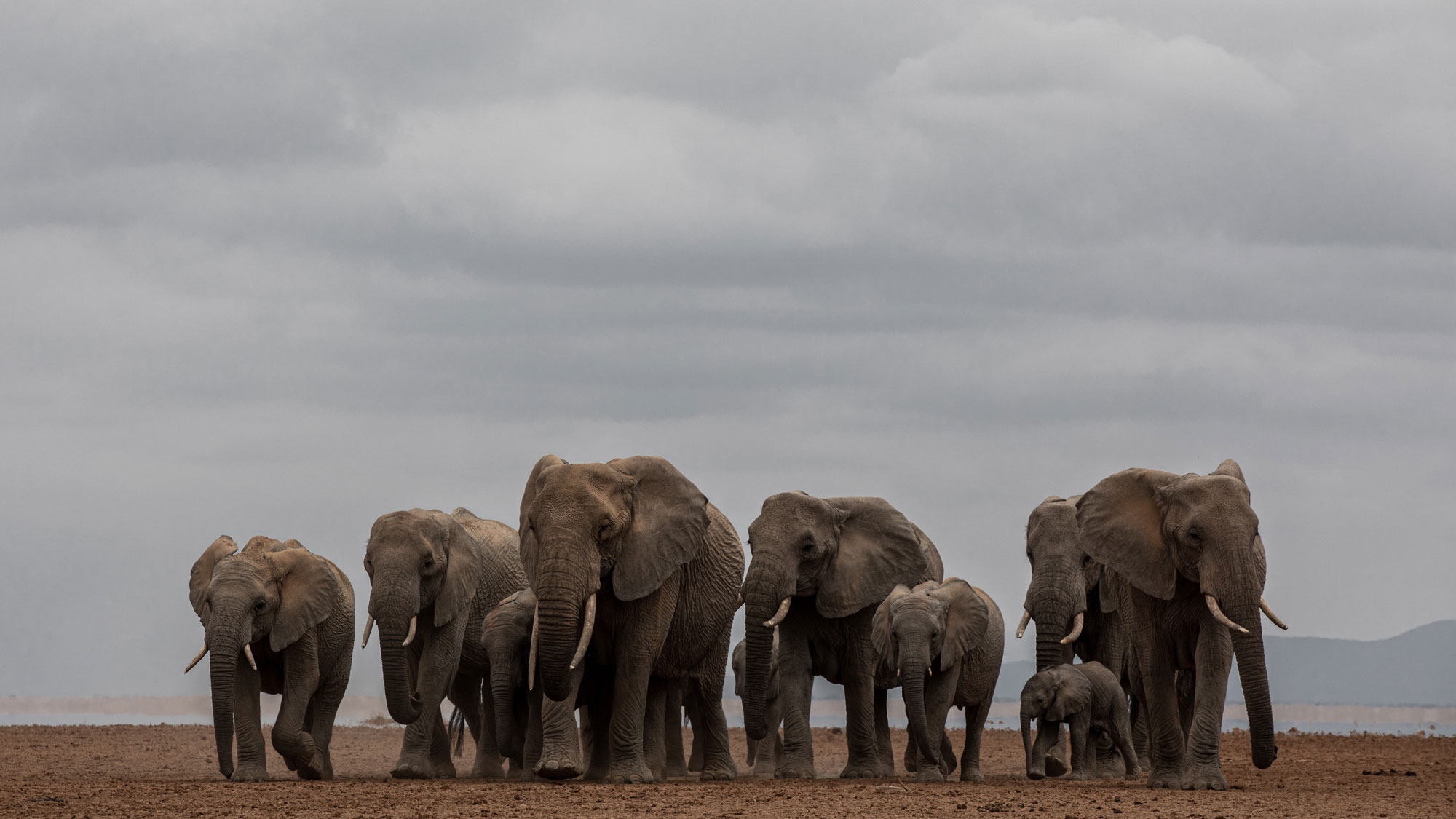
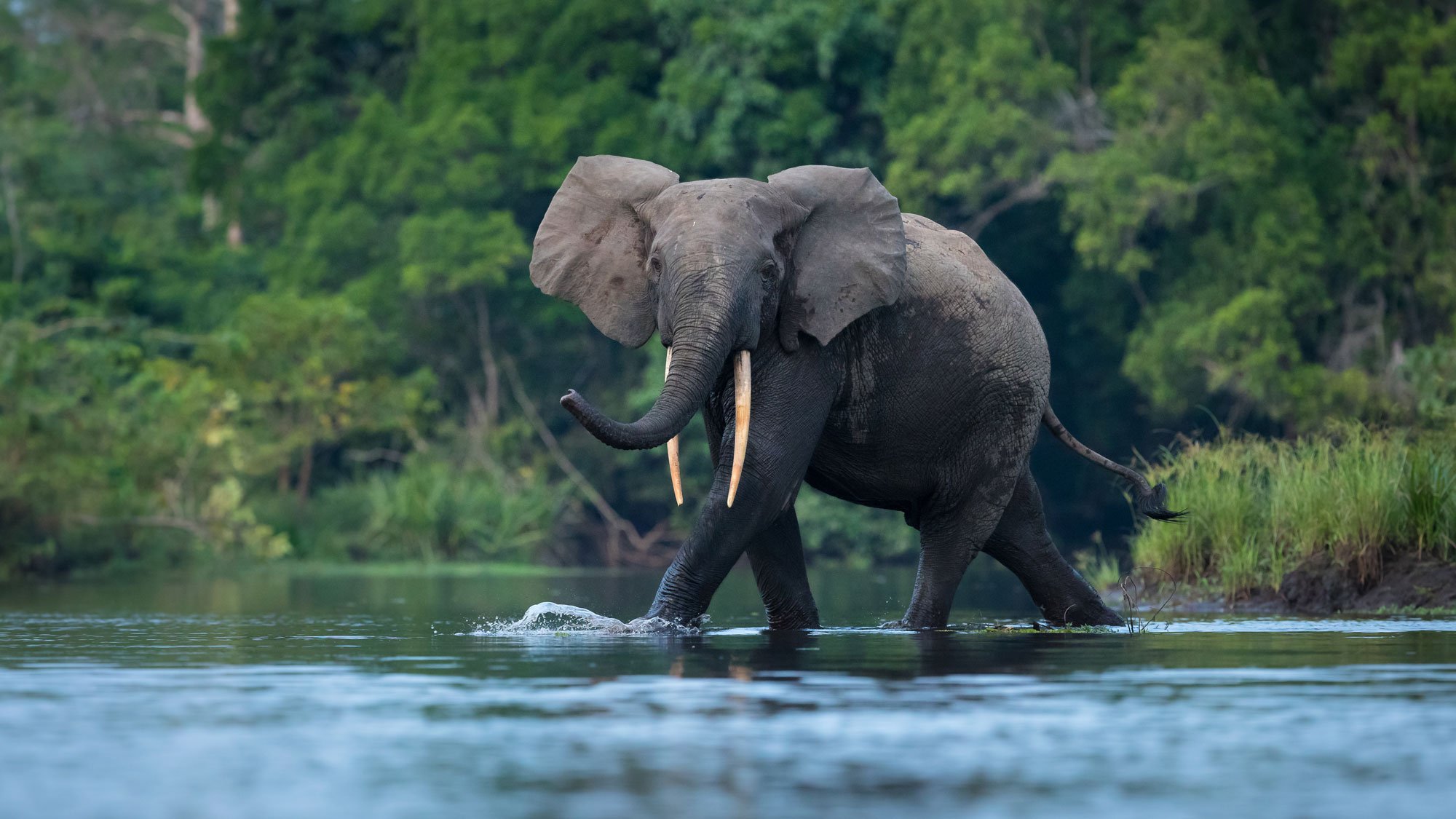
COMMUNICATION
Elephants possess an incredibly sophisticated communication system that operates across multiple sensory channels. Their most remarkable form of communication is through low-frequency rumbles that can travel for several kilometers through the ground and air, allowing them to coordinate movements and maintain social bonds even when widely separated. These infrasonic calls, too low for human ears to detect, can be felt through specialized padding in their feet that picks up seismic vibrations traveling through the earth, essentially allowing them to "hear" through the ground.
Visual communication plays an equally important role, with elephants using a rich repertoire of body language including ear positioning, trunk movements, and tail postures to convey emotions and intentions to other herd members. When excited or agitated, they may spread their ears wide, raise their trunk, or perform dramatic head tosses, while submissive elephants often keep their heads and trunks low. They also communicate through touch, frequently engaging in greeting ceremonies that involve trunk intertwining, gentle touching, and physical comfort, particularly among family members. This multimodal communication system helps maintain their complex social bonds and enables them to share crucial information about food sources, potential dangers, and mating opportunities.
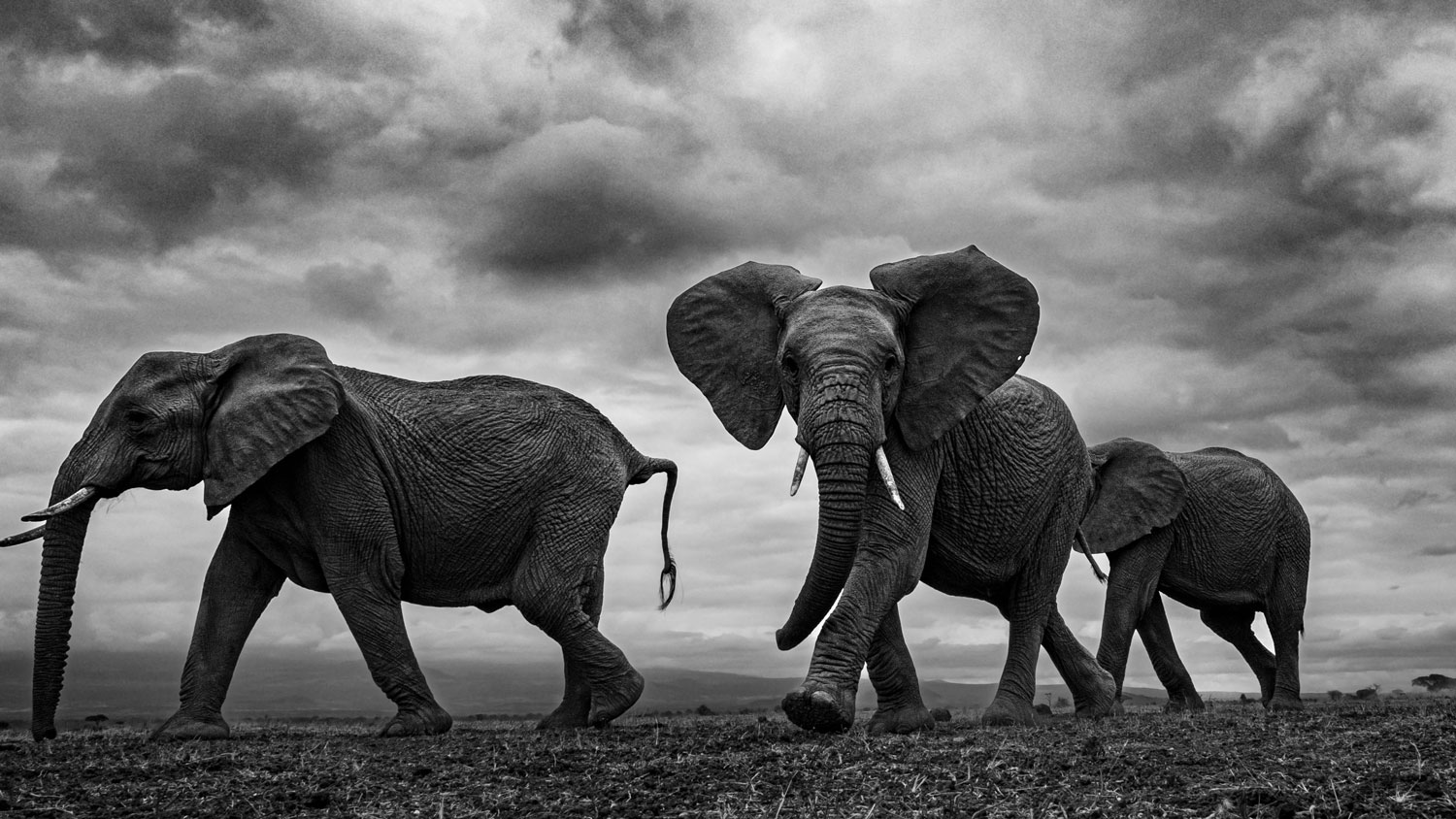
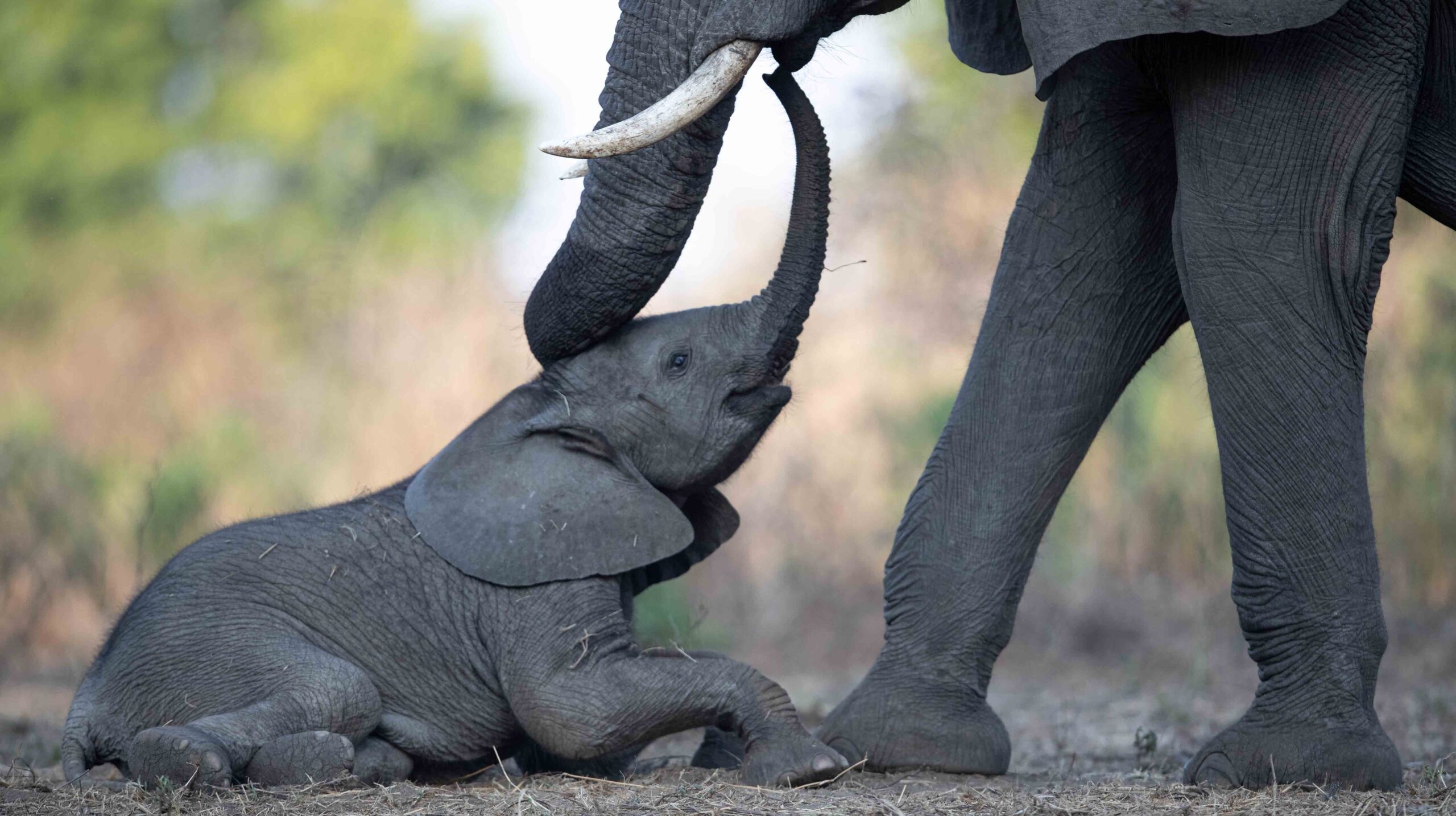
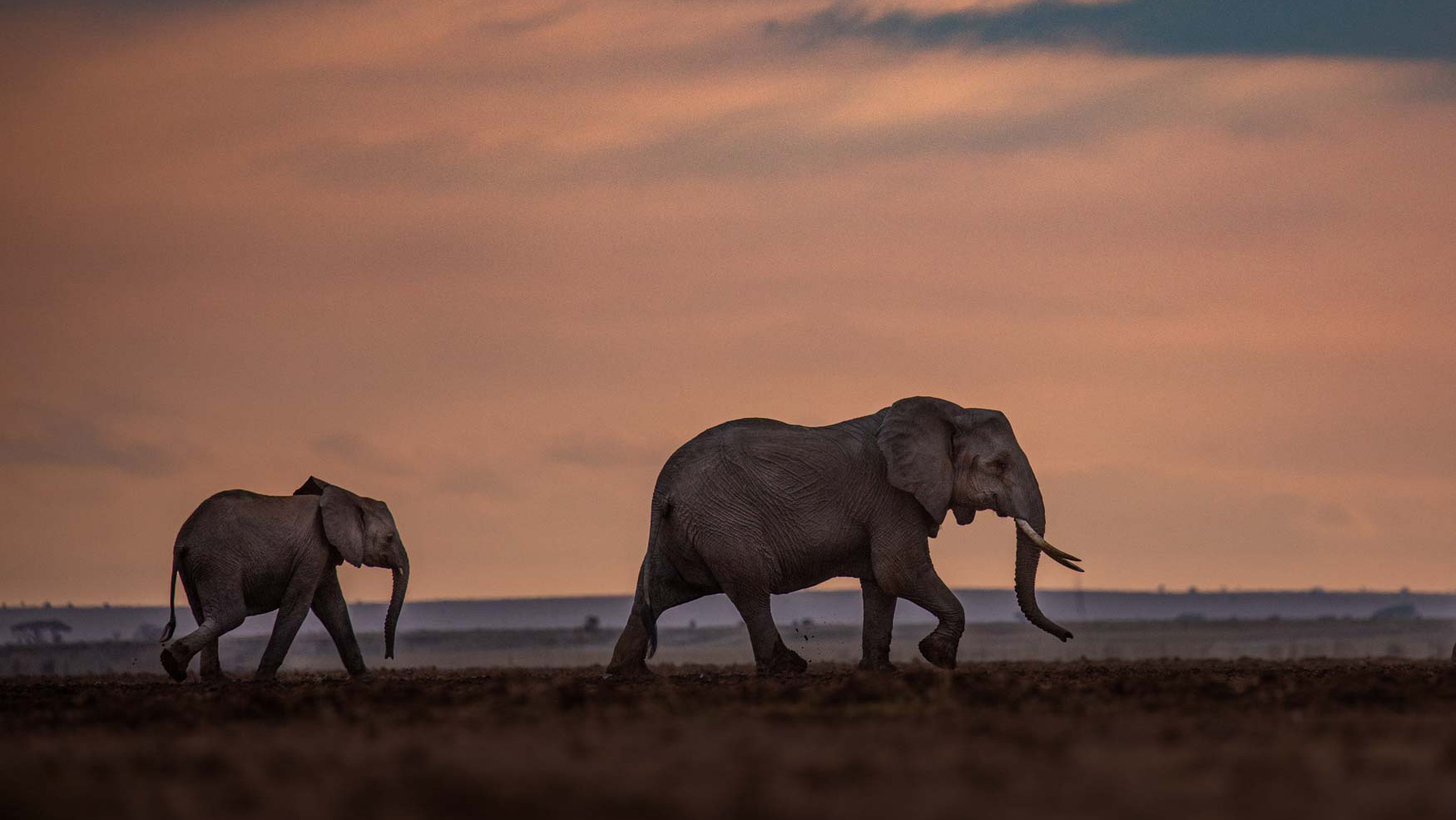
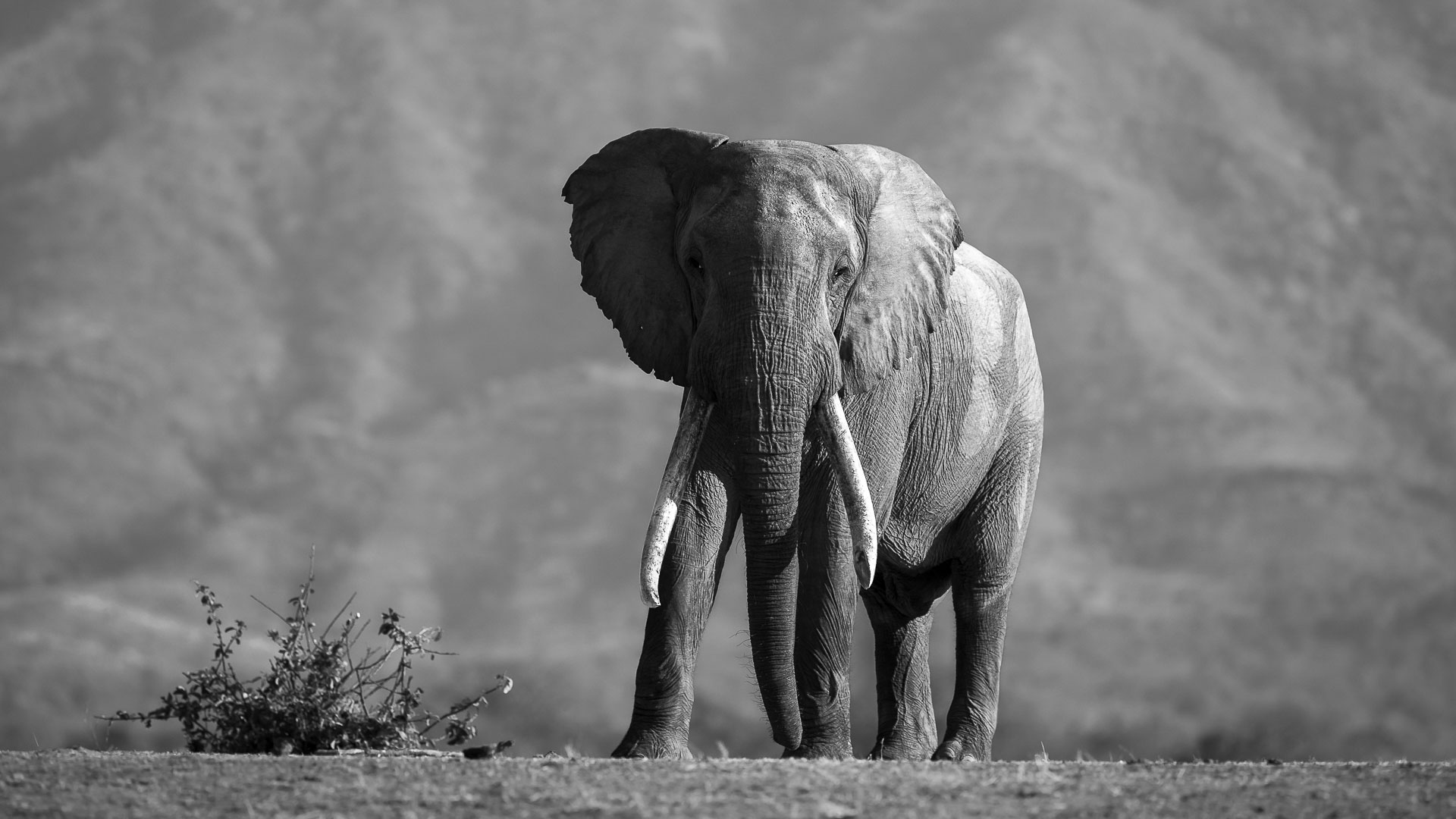
TYPICAL DIET
They are highly adaptable herbivores with diverse dietary preferences that change with the seasons and available vegetation. They spend up to 18 hours a day feeding, consuming between 150-300 kg of vegetation daily to sustain their enormous bodies. During the wet season, they favor fresh grass, herbs, and the tender leaves of trees and shrubs. As the dry season progresses, they shift to more fibrous foods, including tree bark, woody plants, and even small branches.
They show particular fondness for fruits when available, especially marula fruits, which they can detect from considerable distances. Elephants are also known to actively seek out specific trees and plants that contain vital minerals and salts, sometimes traveling long distances to visit natural salt licks. Their feeding habits play a crucial role in ecosystem management, as they create clearings in dense vegetation that benefit other species, disperse seeds through their dung, and maintain grasslands by preventing bush encroachment. Their long trunks, equipped with over 40,000 muscles, allow them remarkable dexterity in selecting and manipulating their food, from plucking individual leaves to stripping bark or uprooting entire small trees.
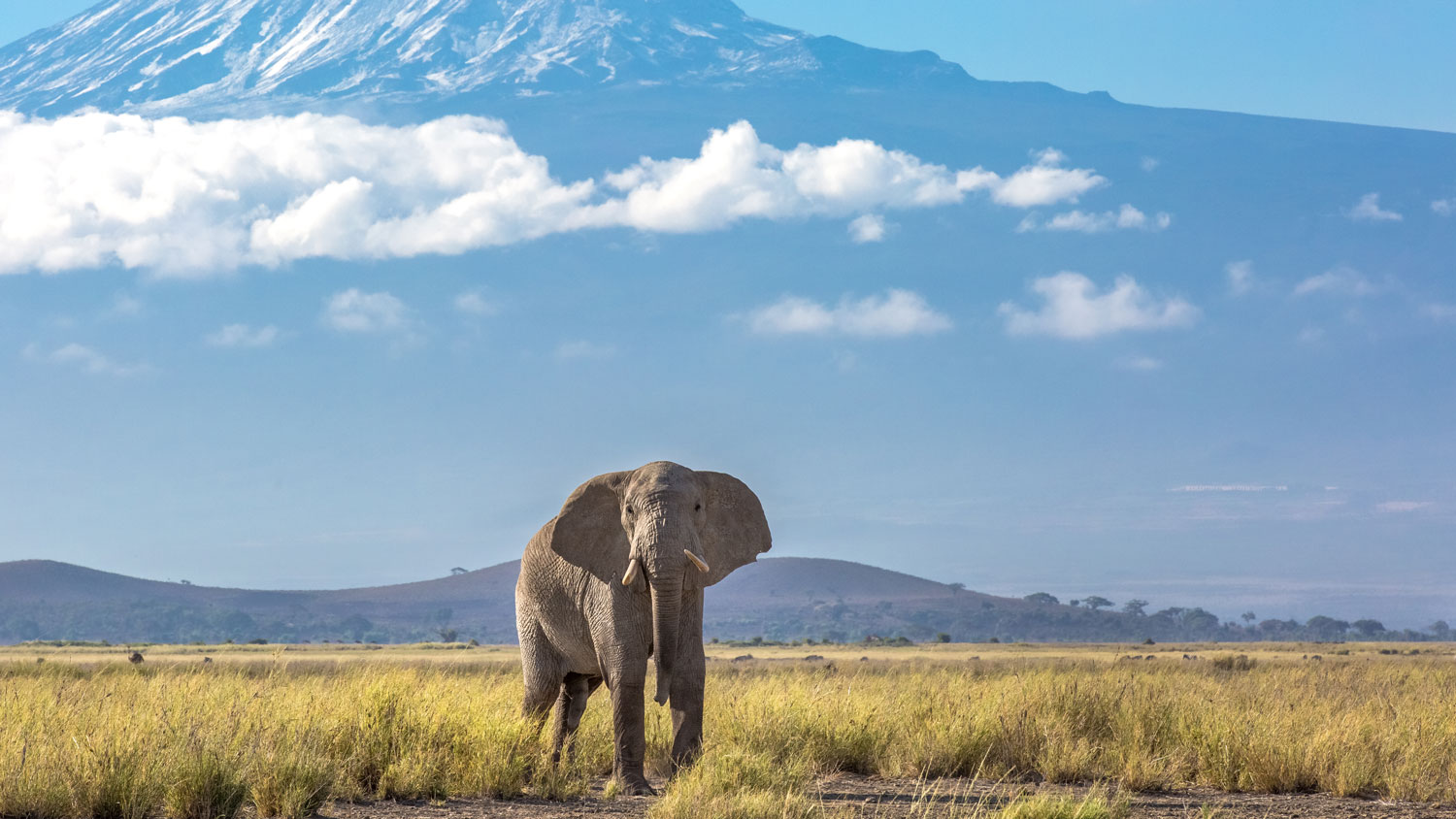
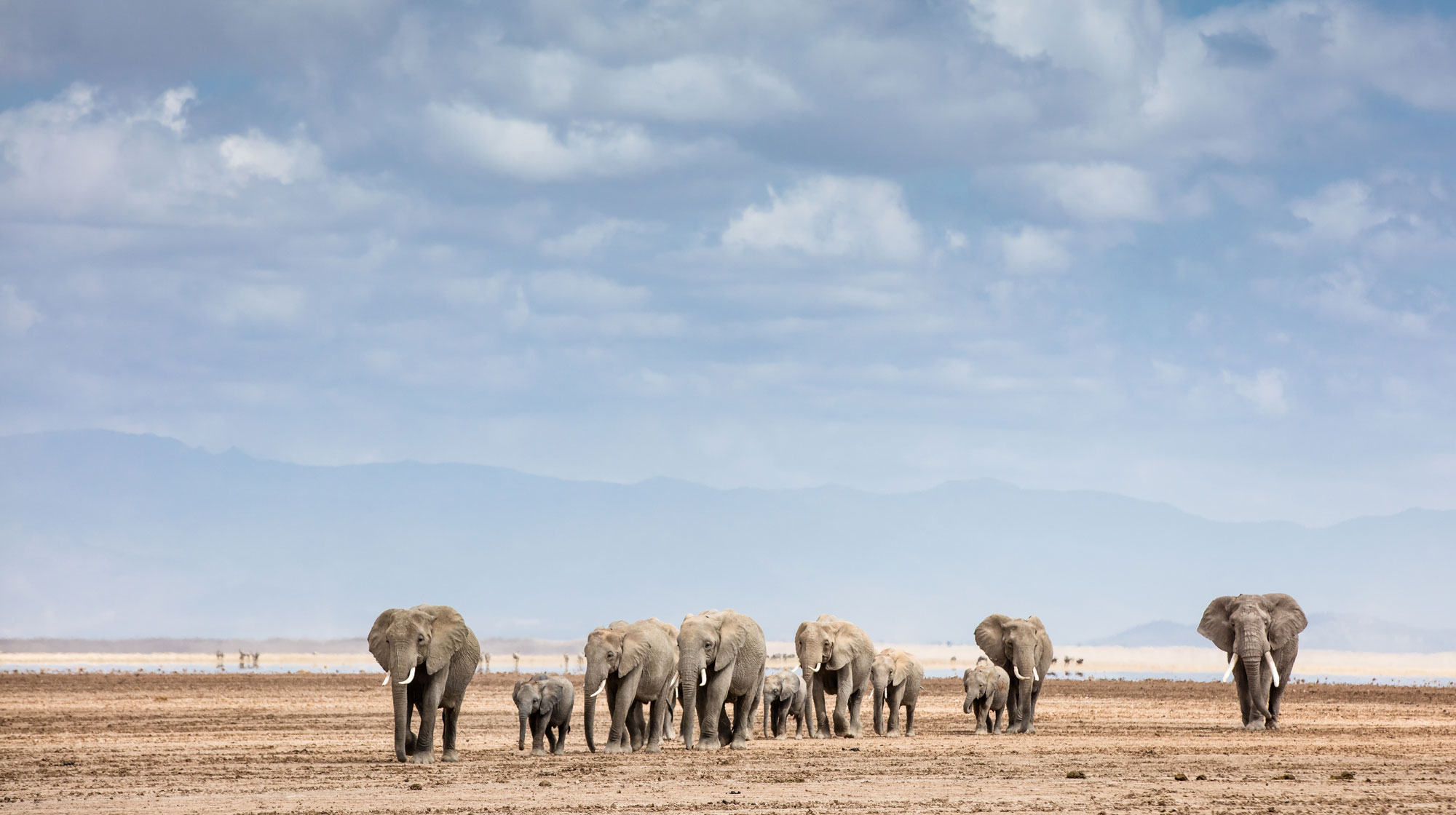
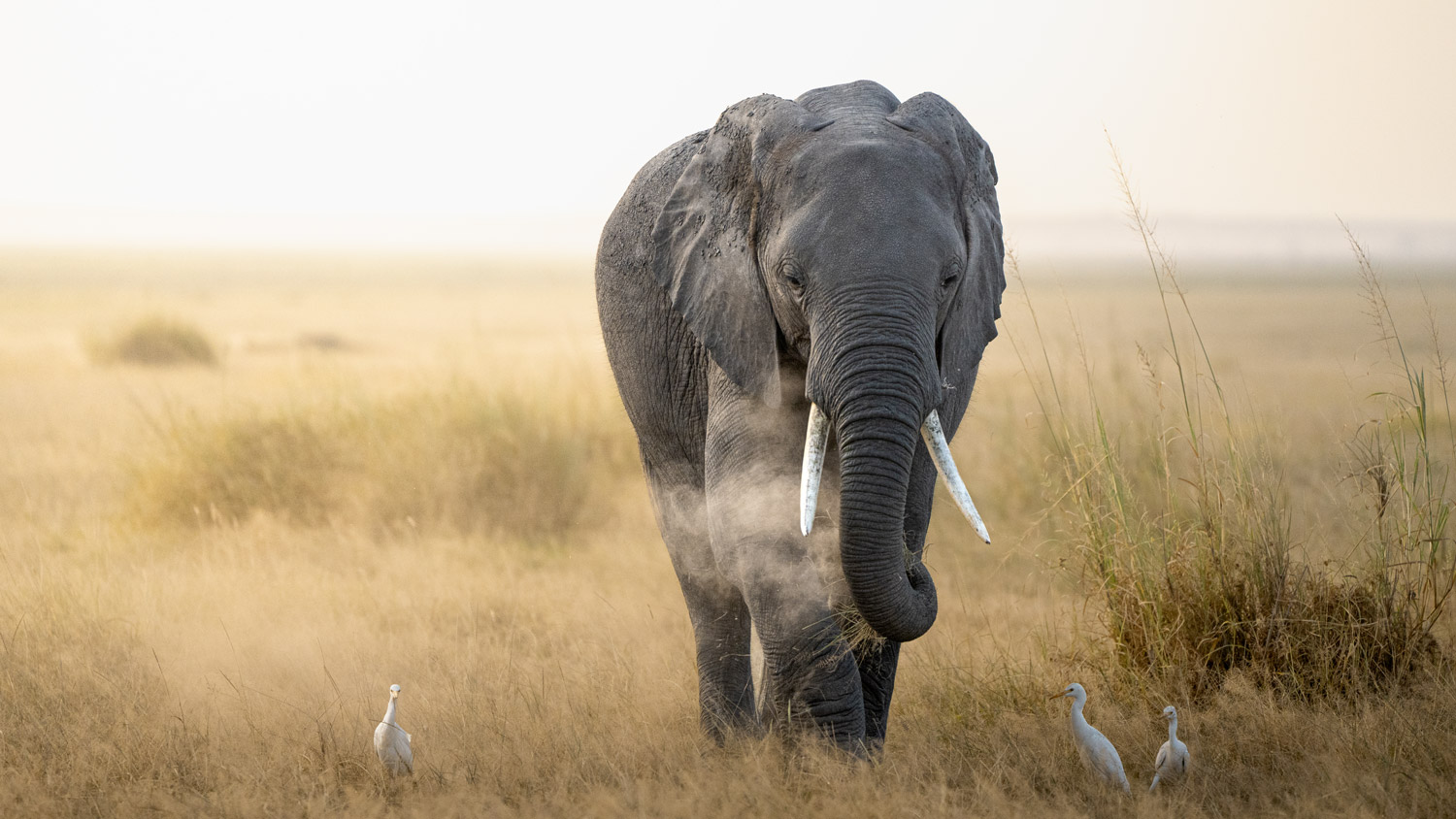
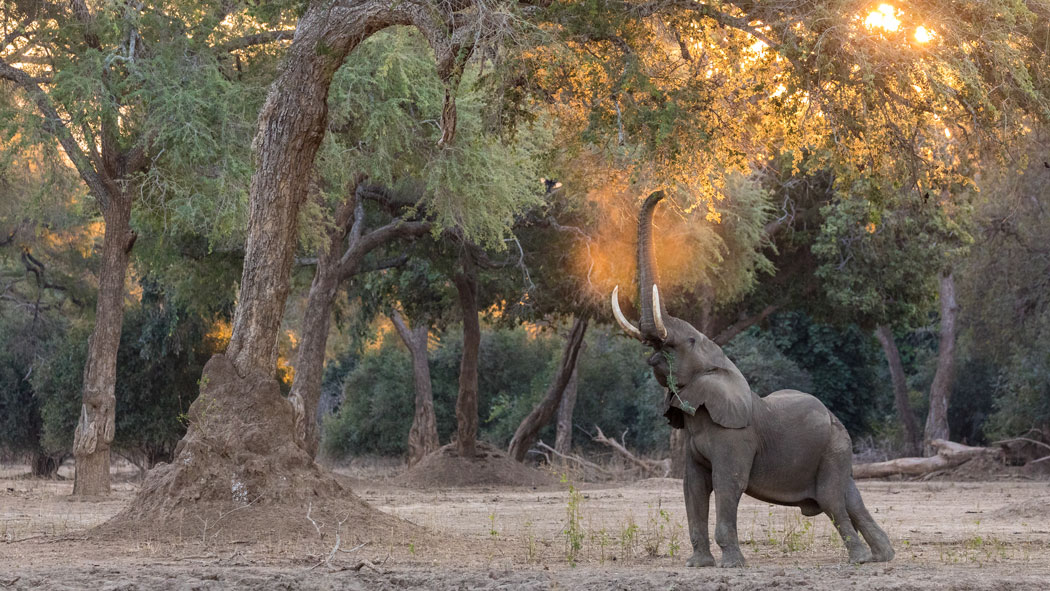
CONSERVATION STATUS
African elephants face significant conservation challenges, with both species - the larger Savanna elephant (Loxodonta africana) and the smaller Forest elephant (Loxodonta cyclotis) - listed as Endangered and Critically Endangered respectively on the IUCN Red List. The primary threats include habitat loss due to human expansion, human-wildlife conflict, and most devastatingly, poaching for their ivory tusks.
Conservation efforts are multifaceted, including the establishment of protected areas and wildlife corridors, community-based conservation initiatives that engage local populations in elephant protection, and international law enforcement cooperation to combat ivory trafficking. Many countries have implemented strict anti-poaching measures, with organizations like Save the Elephants and the African Wildlife Foundation working alongside local governments to protect them. Technology is increasingly being employed in conservation efforts, with GPS tracking collars helping monitor elephant movements, while drone surveillance and advanced imaging systems assist anti-poaching units.
Despite these efforts, African elephant populations continue to face significant pressures, though there have been some success stories in countries like Botswana and Kenya where populations have shown signs of recovery in well-protected areas.
THE BEST PLACES TO SEE AFRICAN ELEPHANTS
African elephants can be seen in their natural habitat across several remarkable safari locations throughout Africa, each offering unique opportunities to witness these magnificent mammals.
The vast Kruger National Park in South Africa provides excellent year-round viewing, with its extensive savanna and woodland ecosystems supporting large elephant populations. Zimbabwe's Mana Pools National Park offers an intimate experience, where visitors can often watch elephants feeding along the Zambezi River or reaching up into tree canopies for pods. In Botswana, the Okavango Delta presents a stunning backdrop where elephants can be seen wading through crystal-clear channels and lush grasslands, while Kenya's Amboseli National Park offers perhaps the most iconic elephant viewing experience, with herds often silhouetted against the majestic Mount Kilimanjaro.
KRUGER NATIONAL PARK
MANA POOLS NATIONAL PARK
OKAVANGO DELTA
ELPHANTS REMAINING IN THE WILD TODAY
MY FAVOURITE ELEPHANT MOMENT
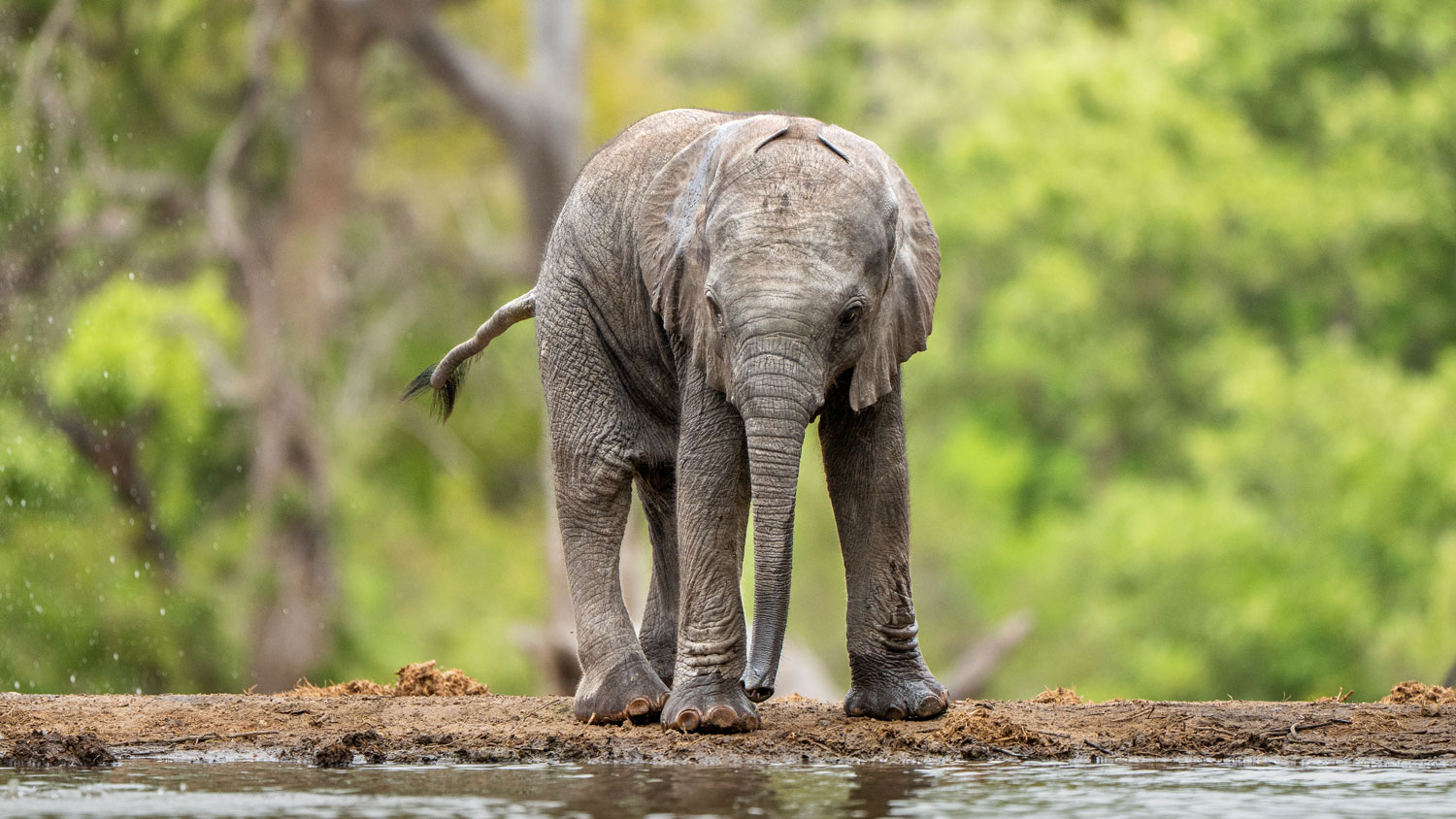
One of my favorite Elephant moments was with this baby Elephant at the King Warren Hide, Kings Camp Timbavati. A large herd gathered at the waterhole to drink, and this little one—less than a year old and still figuring out how to use its trunk—kept us entertained by dashing along the water’s edge, bending down to drink, and playfully blowing bubbles. I could watch them for hours!
Until next time,

Working in the bush has developed me into a passionate guide and photographer deeply committed to capture the beauty of the great outdoors through my lens. I’m always on the lookout for the perfect shot and eager to share the wonders of nature with others.
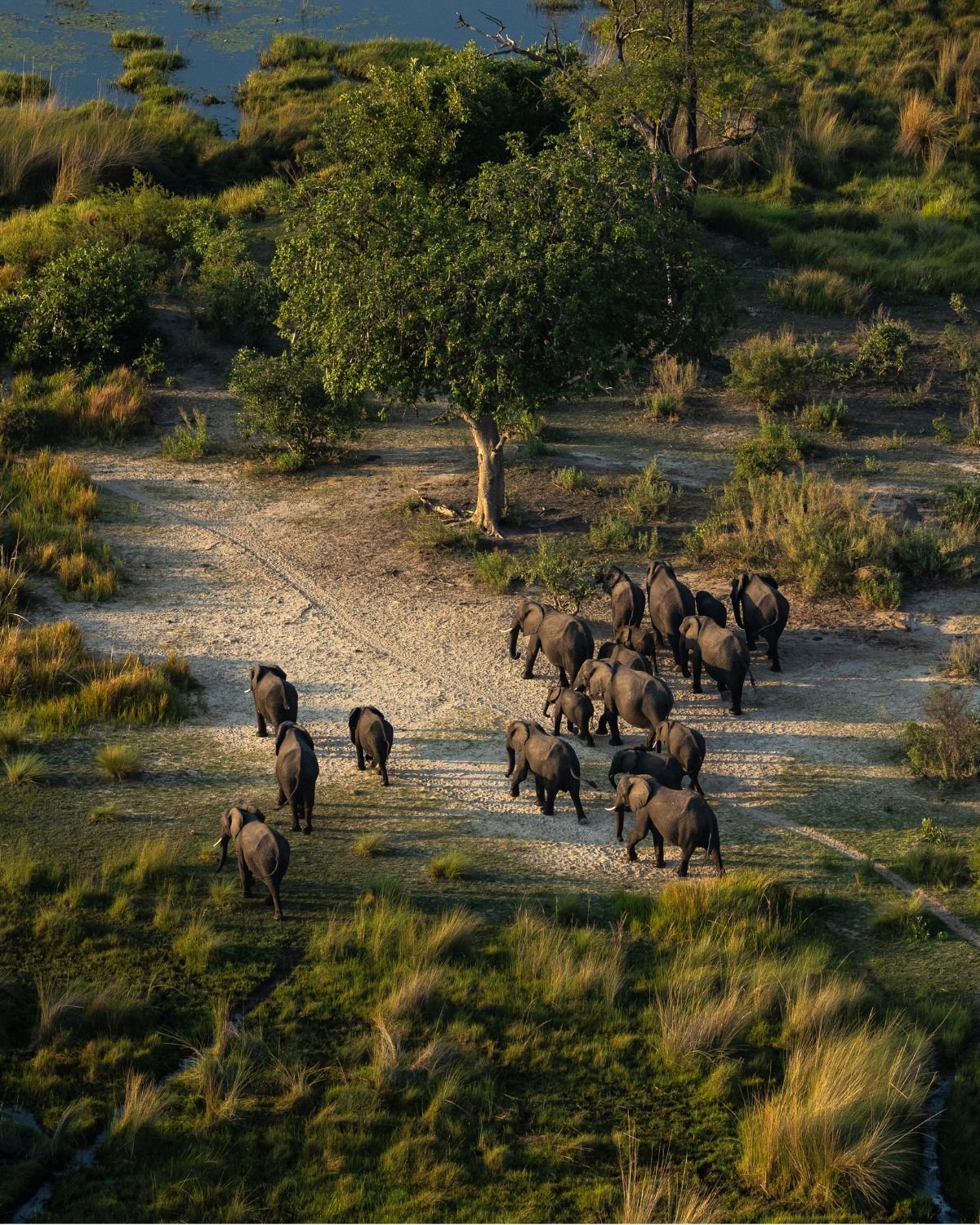
EXPERIENCE BOTSWANA
Experience the largest population of elephants in the world, roaming the vast, unspoiled landscapes of Botswana. It is perhaps the most prolific safari destination to see and spend time with the African elephant!
